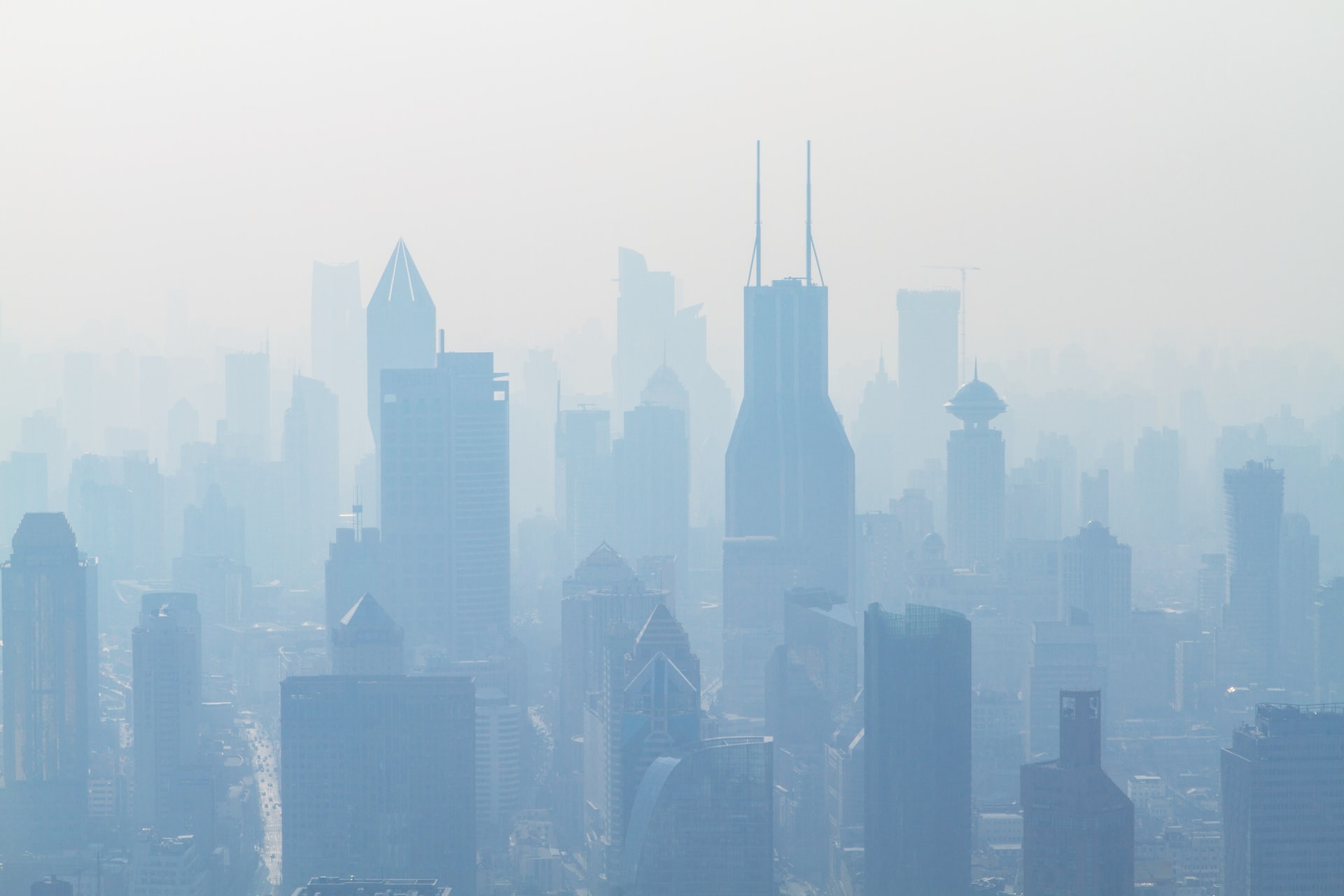EU LEGAL FRAMEWORK REGARDING CLAIMS
According to the European Cosmetics Regulation (EC) No. 1223/2009, “in the labelling, making available on the market and advertising of cosmetic products, text, names, trademarks, pictures and figurative or other signs shall not be used to imply that these products have characteristics or functions which they do not have”.
Claims of cosmetic products have the goal to inform the users about the characteristics and qualities of those products. The Product Information File (PIF) of the cosmetic product should contain proof of the effects claimed for such cosmetic (when justified by the nature or the effect of the cosmetic product).
The EU Commission Regulation (EU) No. 655/2013 lays down the common criteria for the justification of claims used in relation to cosmetic products. Its main goal is to guarantee a high level of protection for end users, in particular from misleading claims in relation to cosmetic products.
Claims made about cosmetic products that are available in the EU market must also follow the provisions of Directive 2005/29/EC. The purpose of this Directive is to protect traders against misleading advertising and the unfair consequences thereof, as well as, to lay down the conditions under which comparative advertising is permitted. It also has the purpose to contribute to the proper functioning of the internal market and achieve a high level of consumer protection.
POLLUTION VS. SKIN
Air pollution poses a major threat to health and climate. The World Health Organization (WHO) states that 9 out of 10 people breath air containing high levels of pollutants. Inhaled or ingested pollutants can be distributed through the whole body through the systemic circulation. Pollutants may reach the superficial and deeper skin layers by transcutaneous and systemic routes, which makes the skin one of the main targets of these compounds.
Pollution may cause a wide range of effects on the skin, e.g. allergy, dull complexion, dark spots, premature ageing (wrinkles), cancer and others. Pollutants may activate cutaneous metabolism and inflammatory pathways and induce oxidative stress (lowering the levels of antioxidants present). UV radiation is also a known source of oxidative stress and a main factor on skin ageing.
The main goal of cosmetics when fighting pollution is to avoid the entrance of pollutants through the skin barrier, inhibit reactions on skin surface (e.g. sebum peroxidation) and to prevent or correct metabolic reactions in skin cells.
“ANTI-POLLUTION” TESTING
These days, in vitro/ex vivo testing is crucial to prove “anti-pollution” properties and efficacy, and consequent cosmetic claims. The state of cells and tissues can be evaluated by quantifying important biomarkers. Examples of such biomarkers are the following:
- DNA damage markers;
- Lactic acid content;
- Antioxidant defence markers;
- Mitochondrial proteins;
- Inflammation mediators;
- Stress proteins;
- Antioxidant and detox enzymes;
- Lipid metabolism biomarkers; protease activity;
- Proteins associated with pigmentation;
- Adenosine triphosphate;
- Interleukin IL1a;
- Tissue oxygenation.
For example, pollution stress (like cigarette smoke, heavy metals, volatile organic compounds, and others) can be applied directly in cell culture media or by spraying the pollutant on skin tissue in a chamber.
In vivo testing, like skin barrier test or evaluation of lipid peroxidation of sebum on volunteers, may also be done to access anti-pollution efficacy of cosmetics. However, this is not common and is more difficult to perform and evaluate objectively.
There are no international regulated or standardized and reproducible anti-pollution tests, as well as there is no agreement on which biomarkers are best to prove the efficacy of anti-pollution products.
At the end, different factors need to be considered and the cosmetic company should choose the correct testing depending on the intended claims. Testing the right pollutant can be a tricky question and it is important to be suitable to the different factors inherent to the region (climate, most common pollutants, skin type, etc) where the cosmetic is marketed.
References:
- Regulation (EC) No 1223/2009 of the European Parliament and of the Council of 30 November 2009 on cosmetic products.
- Commission Regulation (EU) No 655/2013 of 10 July 2013 laying down common criteria for the justification of claims used in relation to cosmetic products.
- Directive 2005/29/EC of the European Parliament and of the Council of 11 May 2005 concerning unfair business-to-consumer commercial practices in the internal market.















